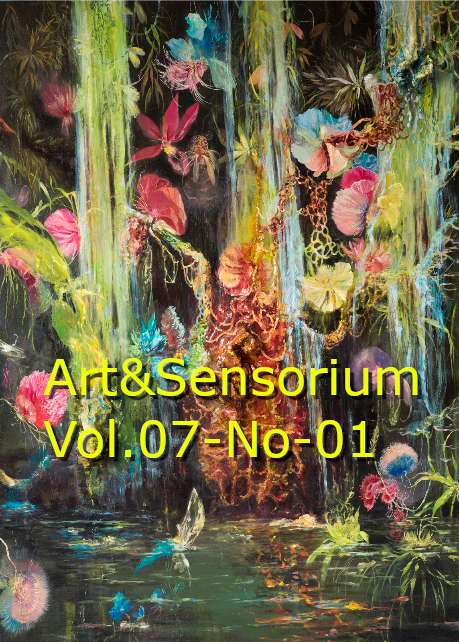A arte de Paulo Bruscky e o sistema para a ironia
DOI:
https://doi.org/10.33871/23580437.2020.7.1.215-233Resumen
Esse artigo, adaptação de um capítulo da dissertação defendida em 2017, aborda proposições do artista Paulo Bruscky realizadas nos anos iniciais da década de 1970. Fazem parte do estudo Arte Cemiterial e os seus desdobramentos e Opinião da Obra sobre o espectador, trabalhos em que o artista recifense parece direcionar sua ironia mais enfaticamente ao sistema de arte, aí incluídos as exposições, as galerias e os museus, os críticos, o júri dos salões, a academia de arte, o público e a ideia de exposição e apreciação estética puramente visual. O artigo é construído sobre proposições artísticas que concedem certo acesso a uma das características que Bruscky deixa transparecer sobre sua produção: usar a criatividade como subversão, assim, tais proposições são analisadas sobre o prisma da ironia e da paródia utilizando, para isso, os conceitos de Linda Hutcheon.
Descargas
Descargas
Publicado
Número
Sección
Licencia
Derechos de autor 2022 Revista Interdisciplinar Internacional de Artes Visuais - Art&Sensorium

Esta obra está bajo una licencia Creative Commons Reconocimiento 3.0 Unported.
Autores que publicam nesta revista concordam com os seguintes termos:- Autores mantém os direitos autorais e concedem à revista o direito de primeira publicação, com o trabalho simultaneamente licenciado sob a Licença Creative Commons Attribution que permite o compartilhamento do trabalho com reconhecimento da autoria e publicação inicial nesta revista.
- Autores têm autorização para assumir contratos adicionais separadamente, para distribuição não-exclusiva da versão do trabalho publicada nesta revista (ex.: publicar em repositório institucional ou como capítulo de livro), com reconhecimento de autoria e publicação inicial nesta revista.
- Autores têm permissão e são estimulados a publicar e distribuir seu trabalho online (ex.: em repositórios institucionais ou na sua página pessoal) a qualquer ponto antes ou durante o processo editorial, já que isso pode gerar alterações produtivas, bem como aumentar o impacto e a citação do trabalho publicado (Veja O Efeito do Acesso Livre).


